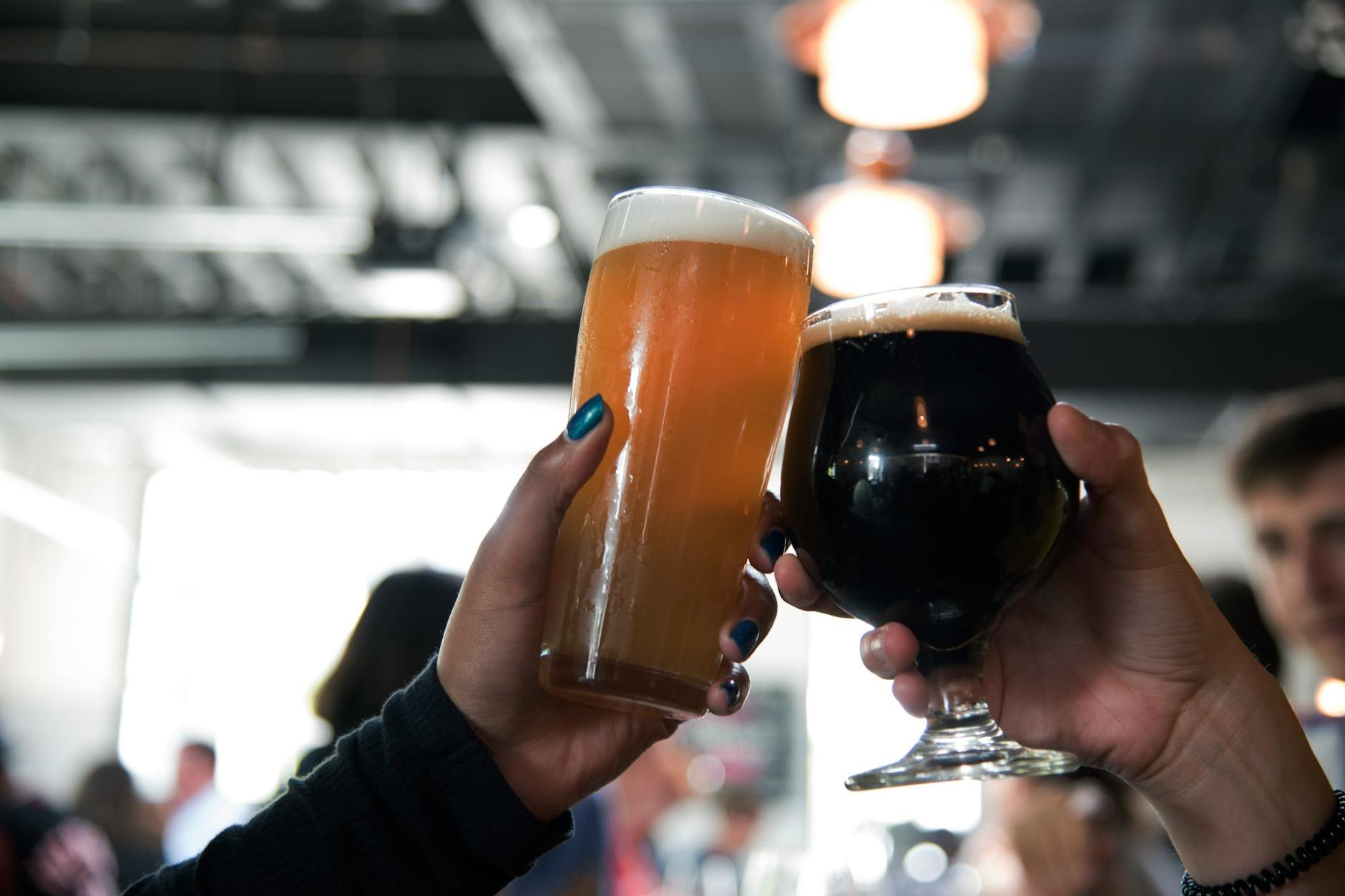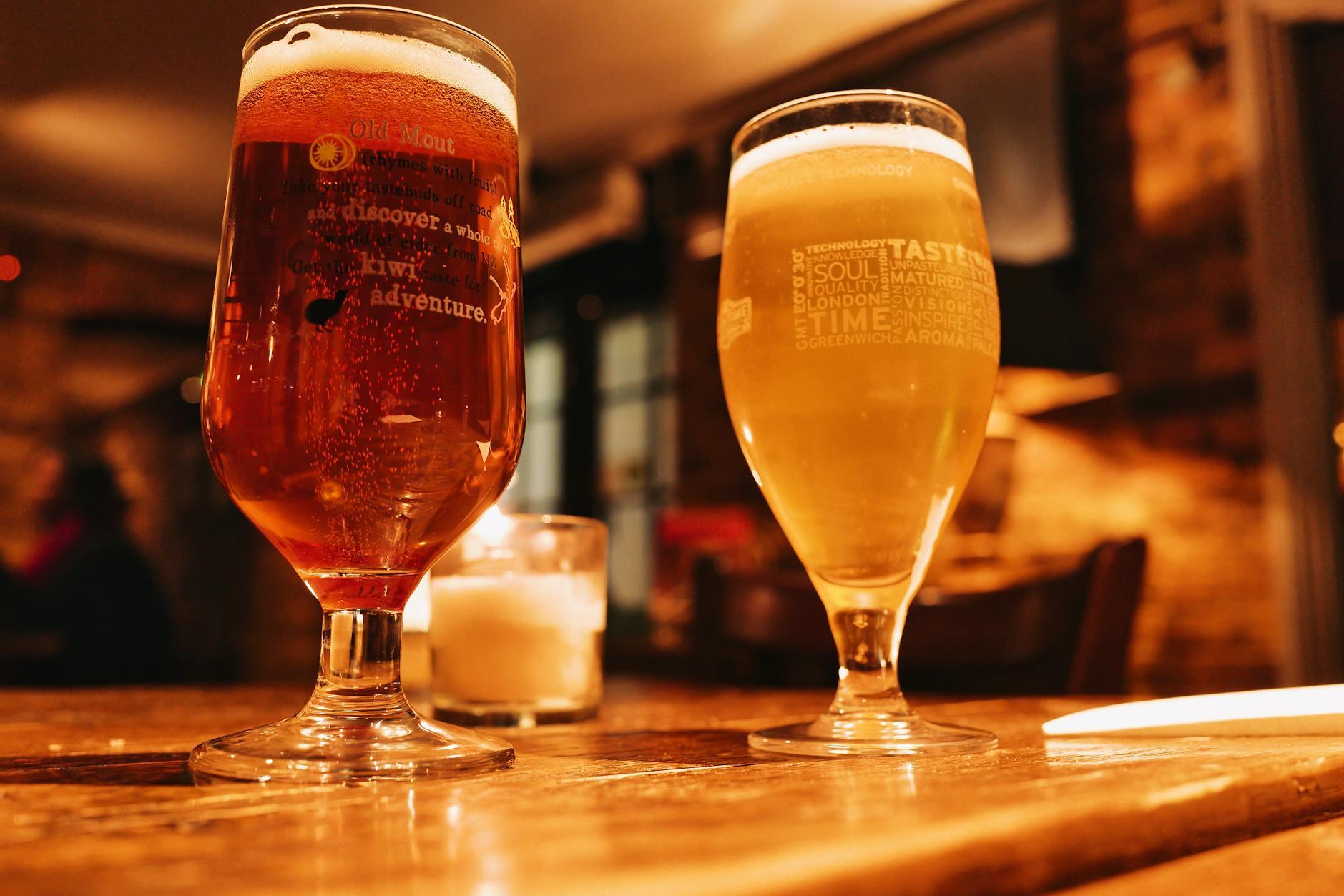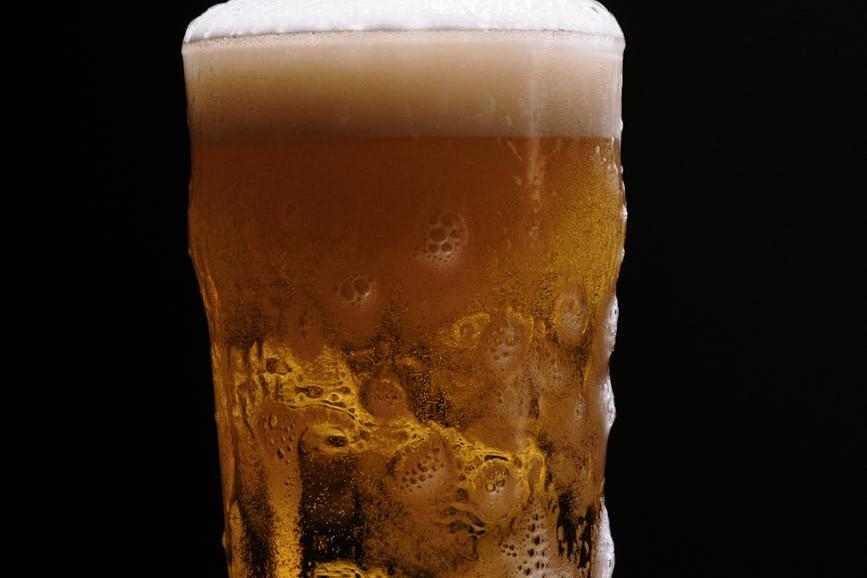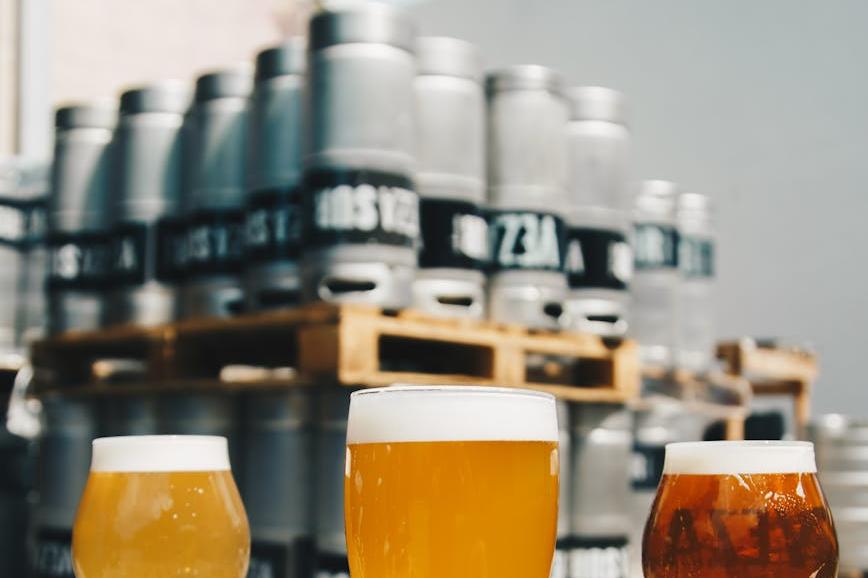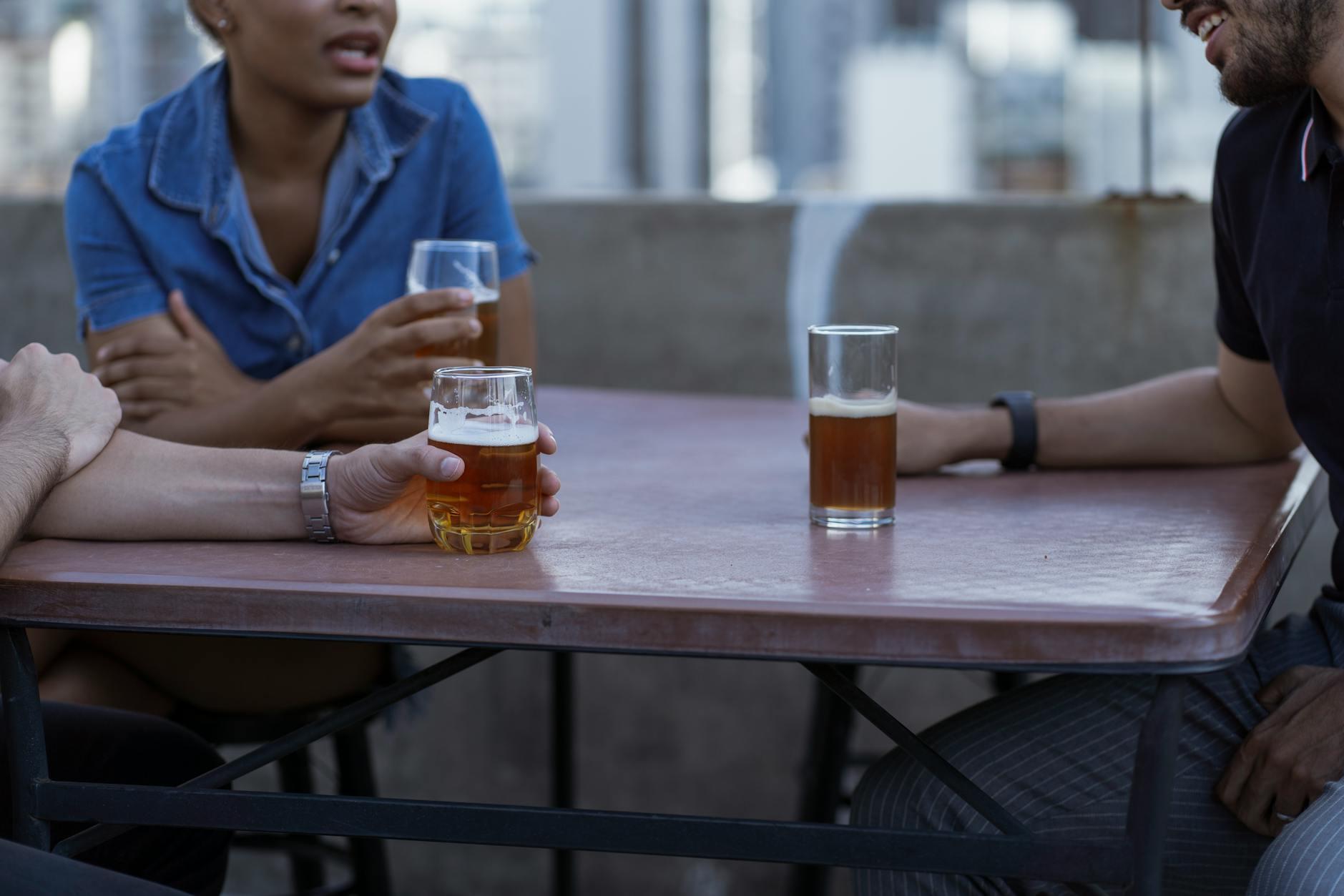- Shanghai Zhongshen International Trade Co., Ltd. - Two decades of trade agency expertise.
- Service Hotline: 139 1787 2118
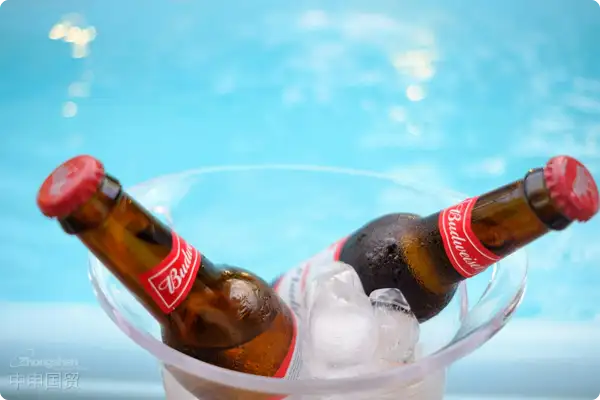
Contents
ToggleWhen Craft Beer Meets Imports: The Underestimated Complexity
Last year, a client who independently imported Belgian Trappist beer discovered upon arrival that the Chinese back label lacked the production date, resulting in $80,000 worth of goods being stranded in a bonded warehouse for 42 days. This real-life case reveals:The import of craft beer is by no means an ordinary fast-moving consumer goods trade; its uniqueness lies in three "unconventional parameters.":
- Alcohol content fluctuation value (variation of ±0.5% between different batches) affects tariff classification.
- The survival temperature of active yeast (4-12°C) determines the transportation plan.
- The embossing process on the bottle body involves intellectual property filing.
The "invisible filter" in the product selection stage
Among the 127 craft beer brands we have represented, 37% were eliminated due to non-compliance with Chinese standards. It is recommended to adopt3D Screening Method:
| Dimension | Self-inspection key points | Common Misunderstandings |
|---|---|---|
| Compliance | Can the original manufacturer provide the GB 5009.267 test report? | Mistakenly equating EU CE certification with Chinese standards. |
| Merchantability | Maltiness and its alignment with local consumption preferences | Blind pursuit of high alcohol content (≥8%vol) |
| Logistics adaptation | Bottle cap sealing type (screw cap/cork) | OverlookingMaritime TransportationRisk of leakage due to bumping |
Five key moments in the customs clearance process.
- Pre-declaration stage
- HS Code Advance Ruling Application (recommended to submit 90 days in advance)
- Declaration of special ingredients (such as excipients like oats, lactose, etc.)
- Within 48 hours after arrival at the port
- Application for Priority Inspection of Temperature-Controlled Containers
- On-site Feasibility Assessment for Chinese Label Rectification
The "Iceberg Model" of cost control
Taking imported German wheat beer as an example, the visible cost only accounts for 62% of the total expenses:
- Explicit Costs
- CIF price
- Tariff (Current rate: 14% + 1 yuan/liter)
- Hidden Costs
- Demurrage (Overdue fee: $120 per day)
- Quality Assurance Deposit (approximately 5% of the goods value)
- Inspection sampling loss (3% of each batch to be unpacked)
The "Three Breaths" of Craft Quality Assurance
Our originalCold chain respiratory systemSaved 19% of product loss for 83 craft beer importers:
- First breathing point: Pre-cooling treatment 12 hours before container loading.
- Second breathing point: Temperature control compensation during equator crossing
- The Third Breathing Point: Covering the "Cold Chain Blind Spot" from the Port Area to the Warehouse
When you hold a sample of your favorite craft beer in hand, you might as well ask three questions first: Will the foam retention of this beer be affected by the vibrations during sea shipping? Has the artistic font on the label undergone trademark duplication checks? Can the production batch number correspond to the traceability system required in China? The value of professional agency lies in allowing you to focus on market expansion while entrusting us to decipher the complex "beer code."
Related Recommendations
? 2025. All Rights Reserved. Shanghai ICP No. 2023007705-2  PSB Record: Shanghai No.31011502009912
PSB Record: Shanghai No.31011502009912
